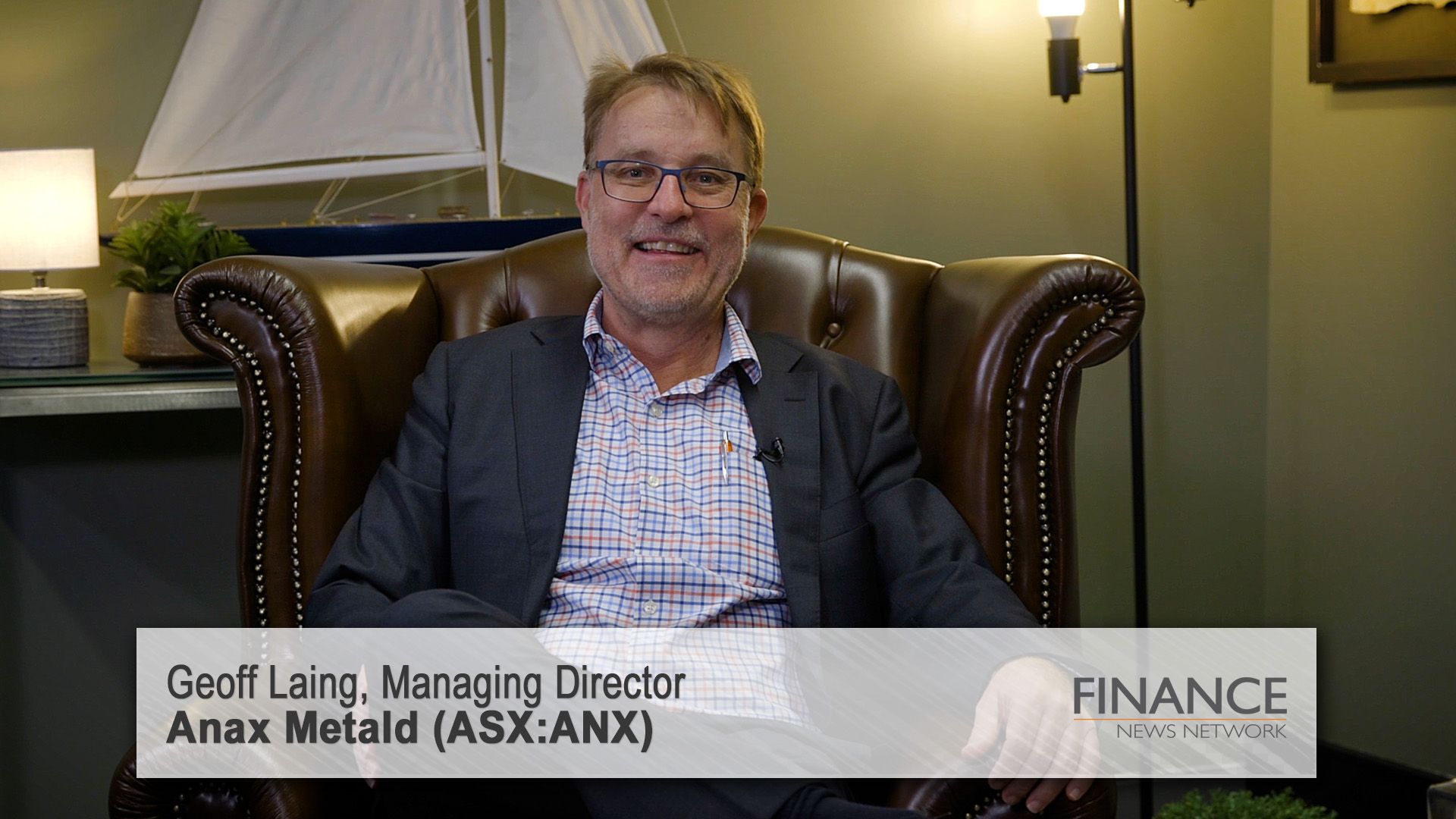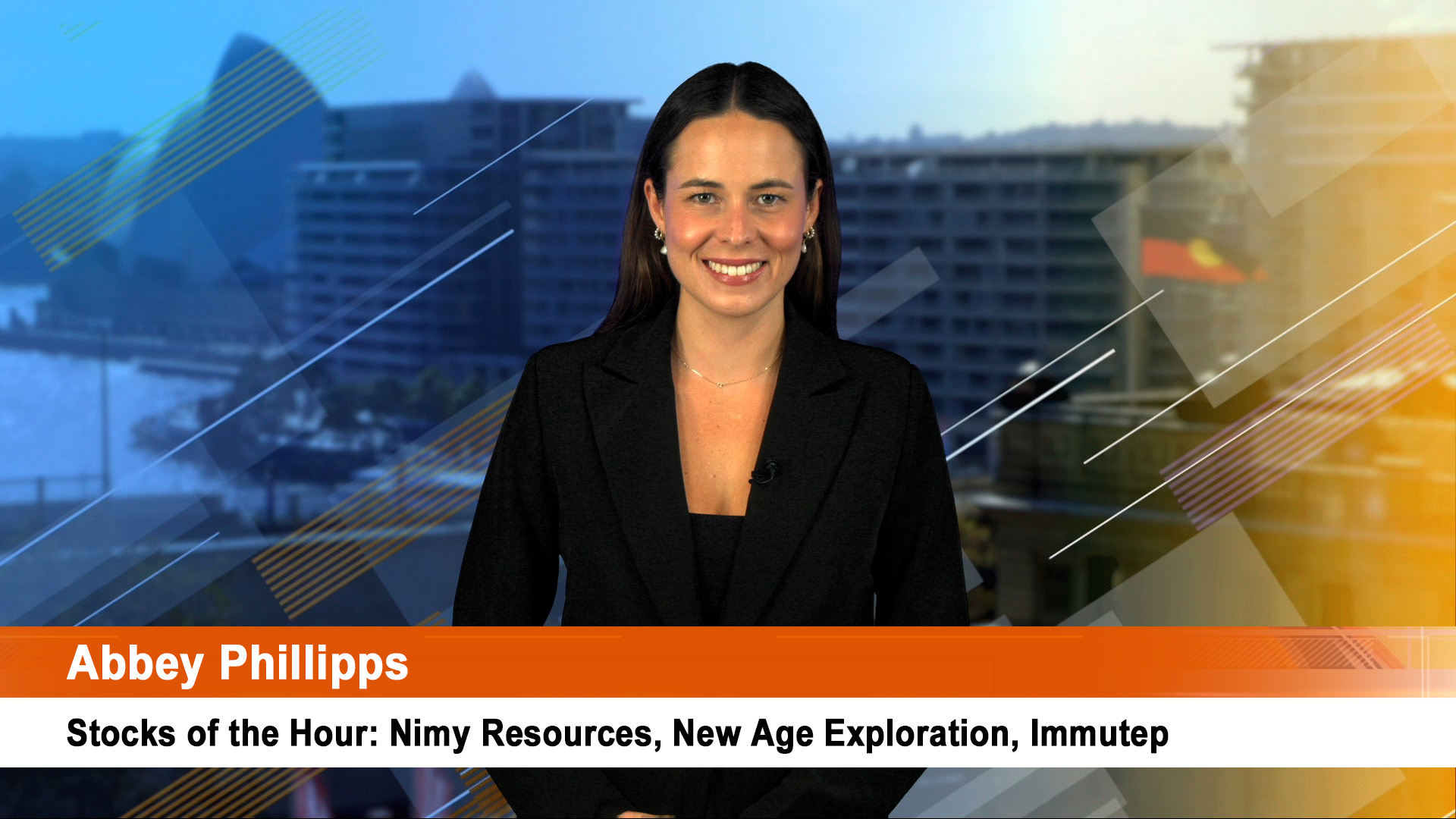Japan's economy rebounds; China's inflation rate rebounds: the day before it was wholesale or producer prices rising in both countries, plus record trade or current account surpluses.
The world's second and third biggest economies are powering along, but the pressures in China are starting to generate concern overseas.
After dipping to an annual rate of 6.2% in September from August's surprise 6.5% rate, Chinese inflation bounced back to the dangerous 6.5% rate in October.
It was the 6% plus rate in August and September which saw the Government bring in price controls for all government charges and prices (and relaxed last week to accommodate a 10% rise in domestic fuel costs) and now the prospects have firmed for a sixth rise in interest rates for the year.
That was after the record trade surplus of $27.05 billion and PPI rate of 3.2% announced on Monday.
Higher food prices are once again the culprit, led by pork, cooking oil, wheat flour and other essentials of everyday living. The sensitivity of the country to rising food costs was seen in the publicity given to the deaths of three people in a shopping mall stampede over a sale of cheap cooking oil at the weekend.
The Government fears events like this, especially in the run up to next August's Olympics.
The inflation rate in last month and August of 6.5% was the highest since December 1996.
Showing the sensitivity of the Government, the official media highlighted a visit yesterday by Premier Wen Jiabao yesterday to poor people in Beijing's Dongcheng district, where he was reported in an official statement as expressing concern at price rises and highlighting efforts to aid the pork, cooking oil and dairy industries.
Food prices, a third of the consumer price index, are still rising.
Pork prices were 55% above the level of October 2006 last month, vegetable prices were 29.9% higher, edible oil surged 34% and eggs, 14.3%.
The rise in domestic petrol, diesel and jet fuel prices, will add to this pressure from food prices in this month's figures.
The Chinese Statistics Bureau reported that price increases for non-food items in October from a year earlier were 1.1%, the same as in September, but up from 0.9% in August, so there's some pressure in that sensitive area (for exports).
If interest rates rise they will follow the move at the weekend to force banks to lift their reserve ratios to 13.5% of deposits from November 26, the highest proportion in 20 years. It's to try and force a cutback in lending for investment, property and share deals.
The current official one year interest rate of 7.29% is the highest for nine years.
For the first 10 months, consumer prices climbed 4.4% compared to the target of 3% and the forecast full year figure from the Central Bank of 4.5%. Consumer price inflation was 1.5% last year, so the pressures are readily apparent.
But a different story with a surprise rise in the performance of the Japanese economy in the third quarter.
The Japanese Cabinet Office said the economy grew by an annual 2.6% rate in the three months on the back of strong export gains and a re-emergence of consumer spending.
That's good news for countries like Australia in that our most important market for our exports seems to have rediscovered some of its growth mojo.
The 2.6% annual rate is much slower than China, but it's better than the revised 1.6% growth seen in the June quarter.
Despite this stronger growth, the Bank of Japan didn't change interest rates at its meeting yesterday. The key rate was left at 0.5%. That knocked the surging yen lower, halting the biggest gain for 18 months.
As a result the Australian dollar rebounded from the sell off on Monday.
The economy in the September quarter grew by 0.6% from the June quarter.
Consumer spending rose a surprising 0.3% after forecasters had seen no change in their predictions.
Net exports, (the difference between exports and imports) contributed 0.4 percentage point to growth as exports rose 2.9% and imports half a per cent from the second quarter.
Like US and Australia (and soon Britain), housing was weak in Japan.
It fell an annualized 27.8% in the third quarter (from the same quarter of 2006), after the government enforced stricter rules for obtaining building permits in response to a scandal involving faked earthquake-engineering data. It fell 7.8% from the June quarter.
This fall in housing was the biggest drag on growth which would have been over 3%, according to analysts.
That drop in housing activity has seen the Bank of Japan drop its forecast for full year growth in the year to March 31, 2008, to just 1.8% from 2.1%
The yen has risen more than 5% against the dollar this month on the worries about the health of the US economy and its banking and finance sector.













